Case studies
Sweden's technological vanguard: bridging defence, civil innovation, and societal security
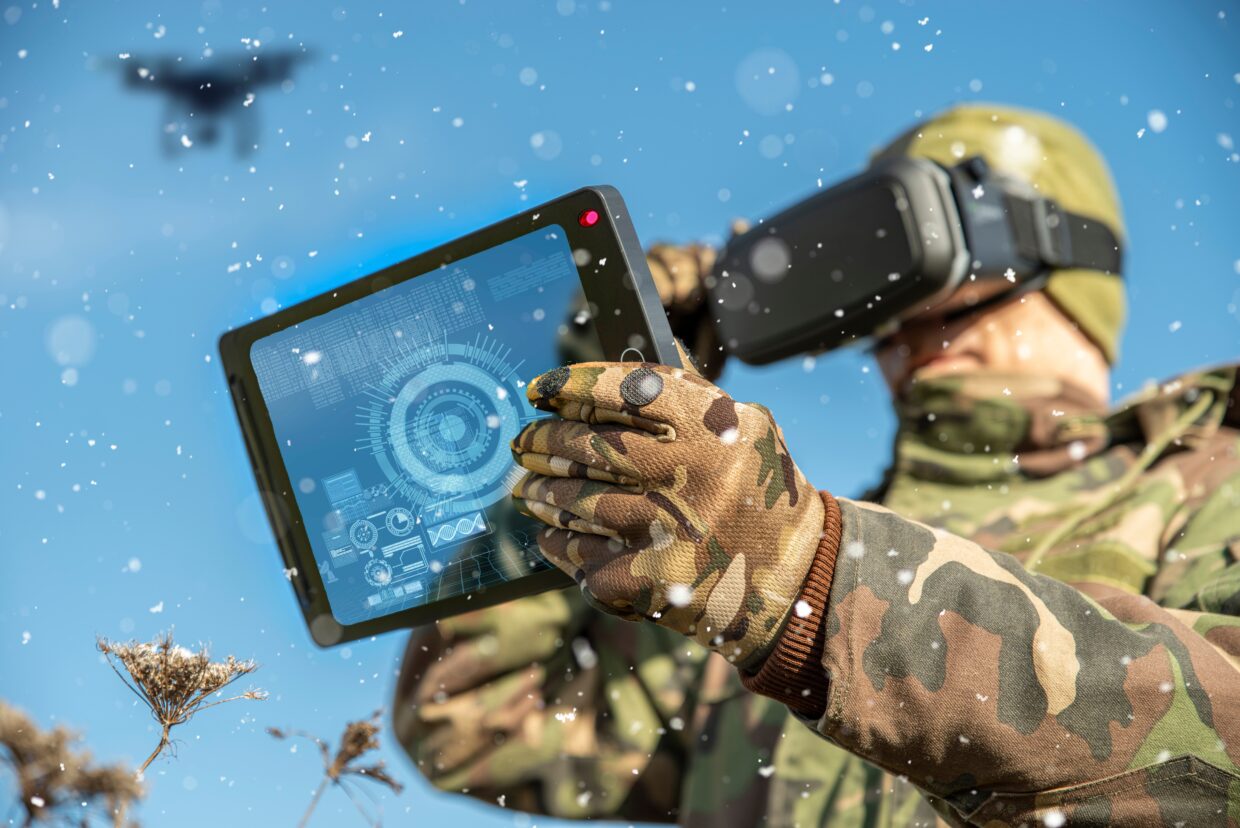
AR/VR
In summary, VR and AR offer a wide range of applications in security, first responders, and defence, from training and simulation to real-time situational awareness. The military sector, in particular, can benefit from these technologies in mission planning, training, and warfighting scenarios. As technology continues to advance, these applications are likely to become even more sophisticated and integrated into everyday military operations.
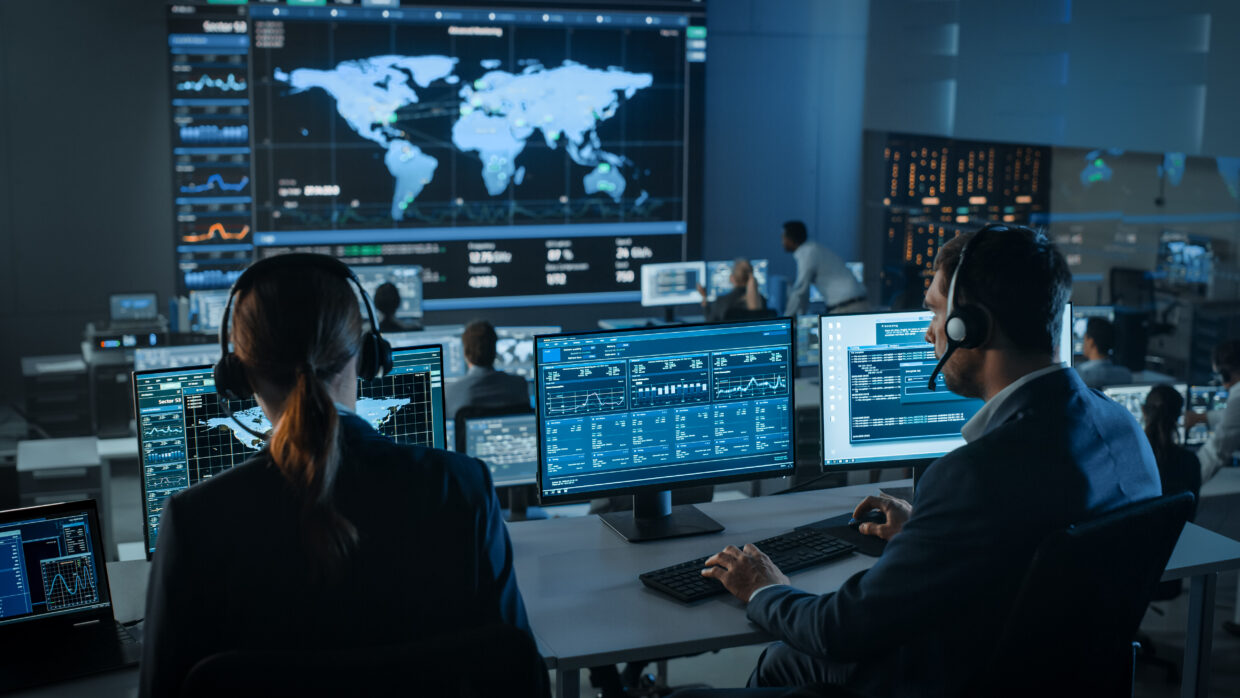
Big data
It’s a strategic blend of science and computation, breathing life into colossal datasets harvested from diverse sources. The transformative waves of Big Data are already reshaping the landscapes of security and defence. WHAT IS THIS TECHNOLOGY AREA ALL ABOUT? Big Data Analytics is an area that focuses on applying techniques from statistics, mathematics and computer …
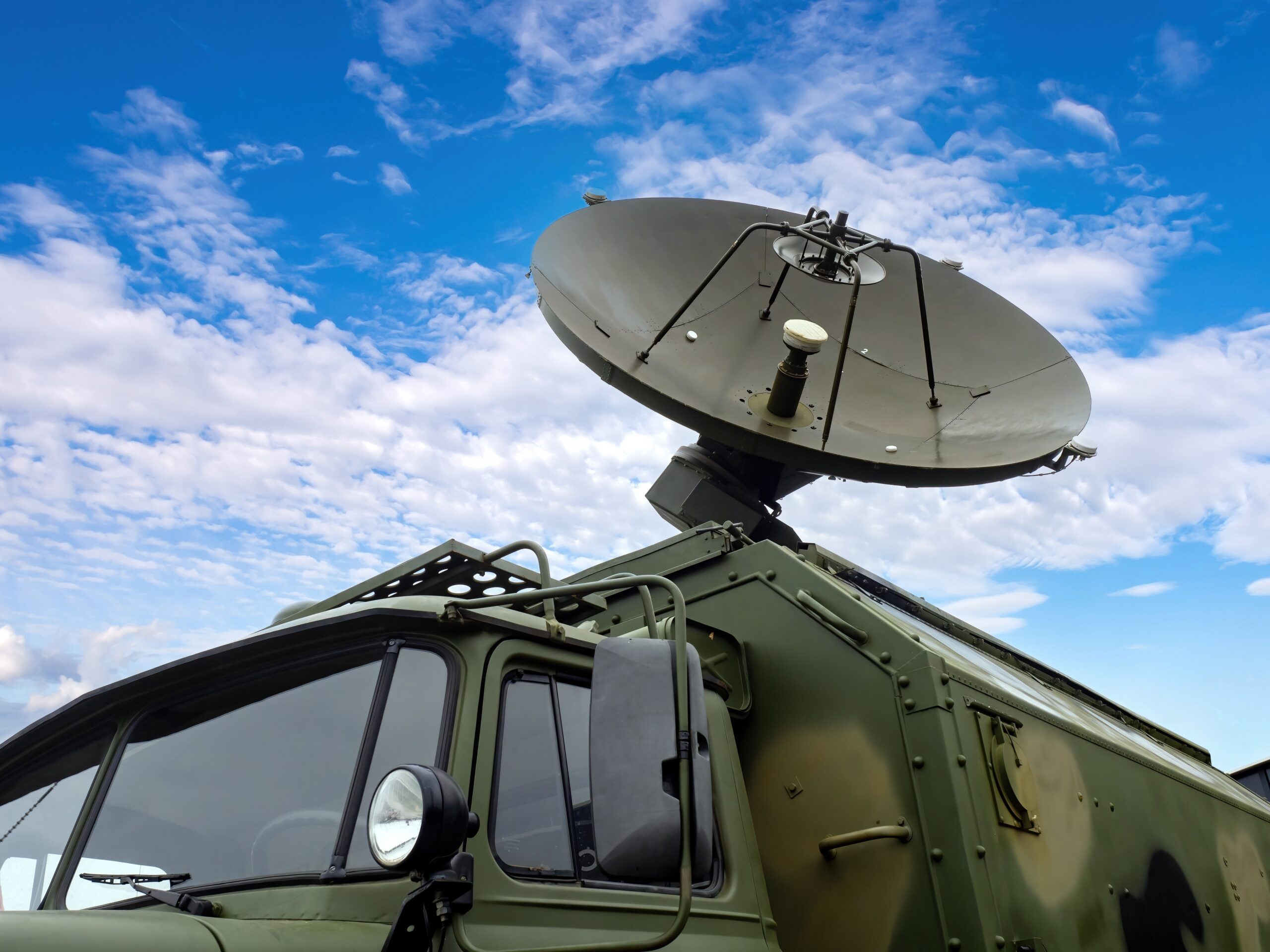
Space
Satellites, sensors, and spacecraft have evolved beyond celestial exploration, becoming essential tools in the defence against emerging threats. Space technology encompasses a diverse array of innovations and tools designed for exploration, communication, and observation beyond our planet. Satellites, space-based sensors, and spacecraft form the backbone of these advancements, enabling us to gather invaluable data, enhance …
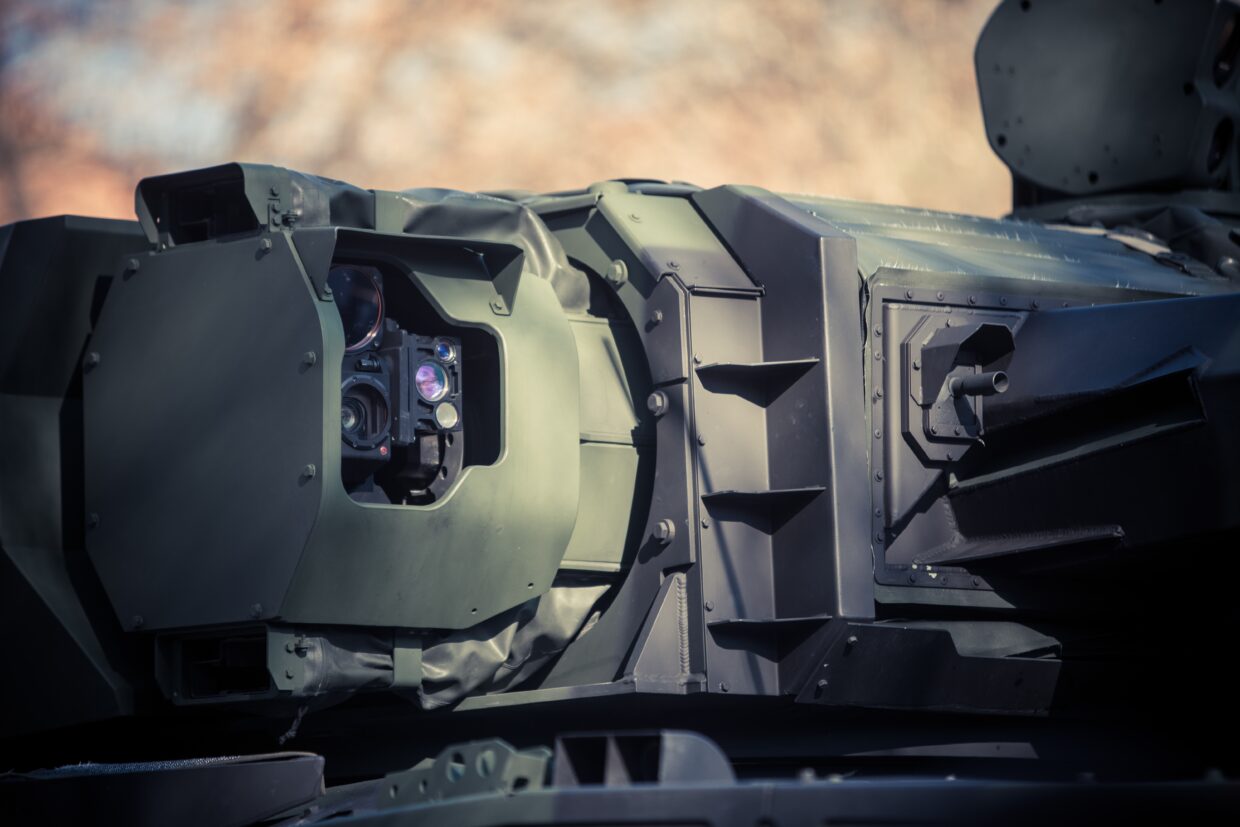
Sensors
Acoustic sensors, which detect and analyse sound waves to identify and locate specific sources, are crucial for detecting enemy movements, such as the approach of ground forces or the operation of vehicles. Acoustic sensors contribute significantly to perimeter security and the protection of military installations. Radar systems, operating across the electromagnetic spectrum, are indispensable for …
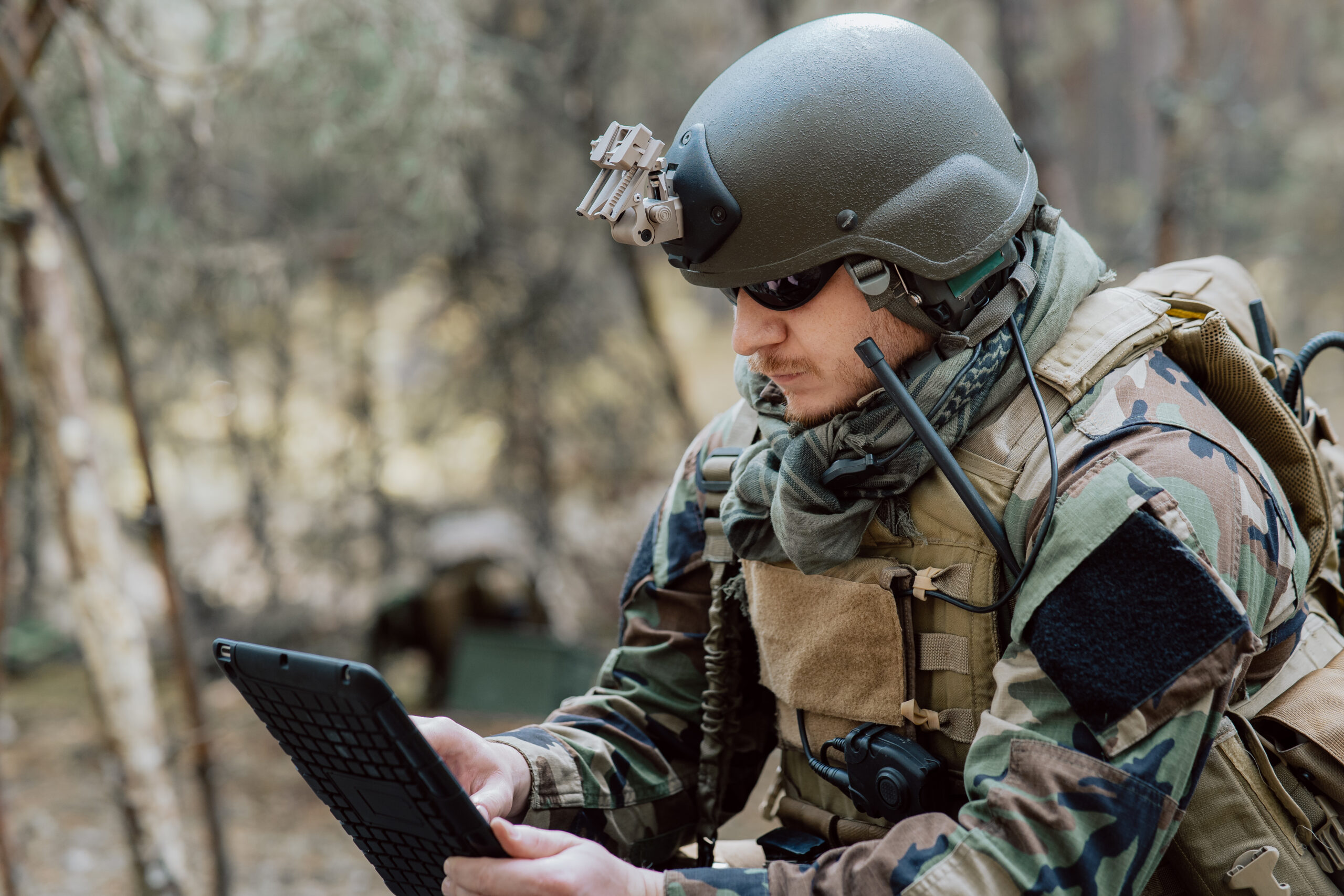
Connected soldiers
Connected soldiers are equipped with a network of interconnected devices, ranging from smart helmets and augmented reality (AR) glasses to advanced communication systems and biometric sensors. This connectivity allows for real-time data exchange between soldiers, commanders, and various military platforms. As a result, the way soldiers carry and deploy equipment is evolving, with a focus …
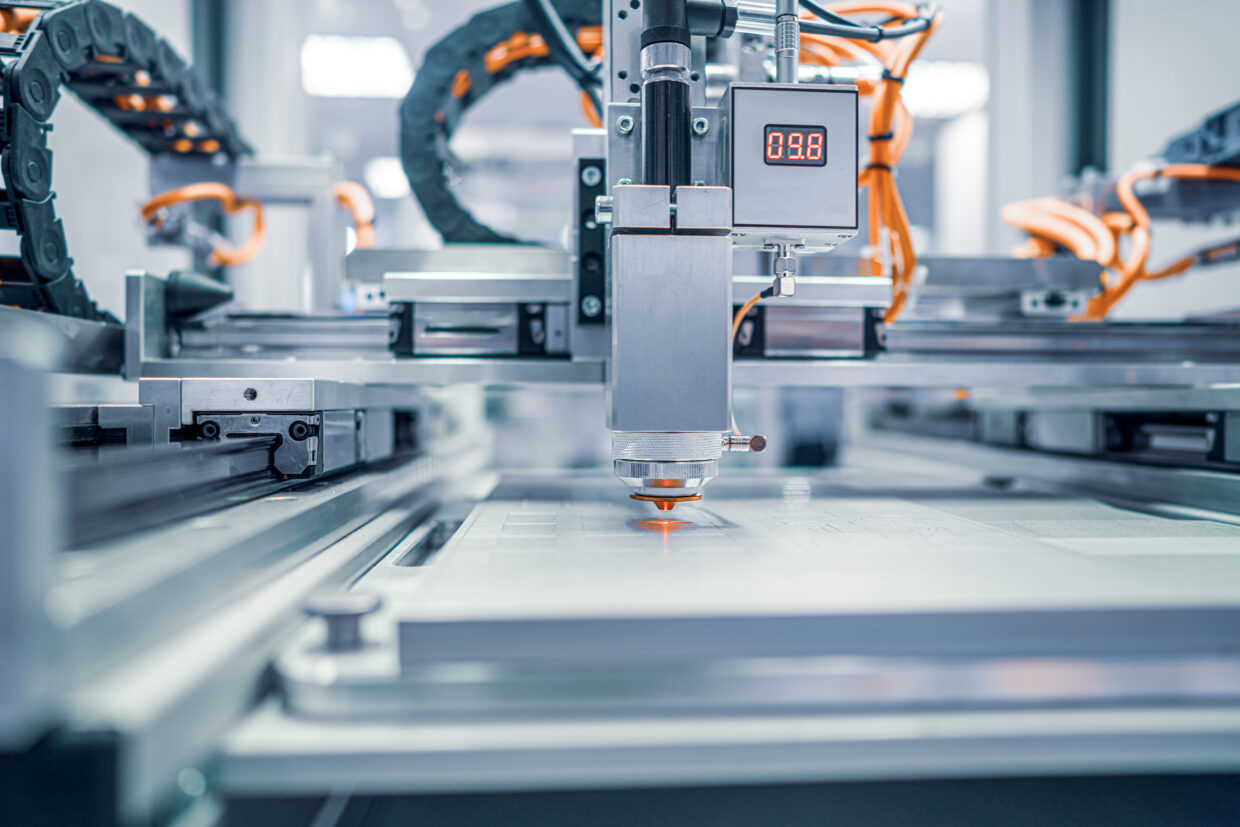
Advanced materials
The startling properties of graphene could impose a variety of solutions for technical challanges. One specific area is multifunctional light composites that is of high interest for airplanes and other vehicles.
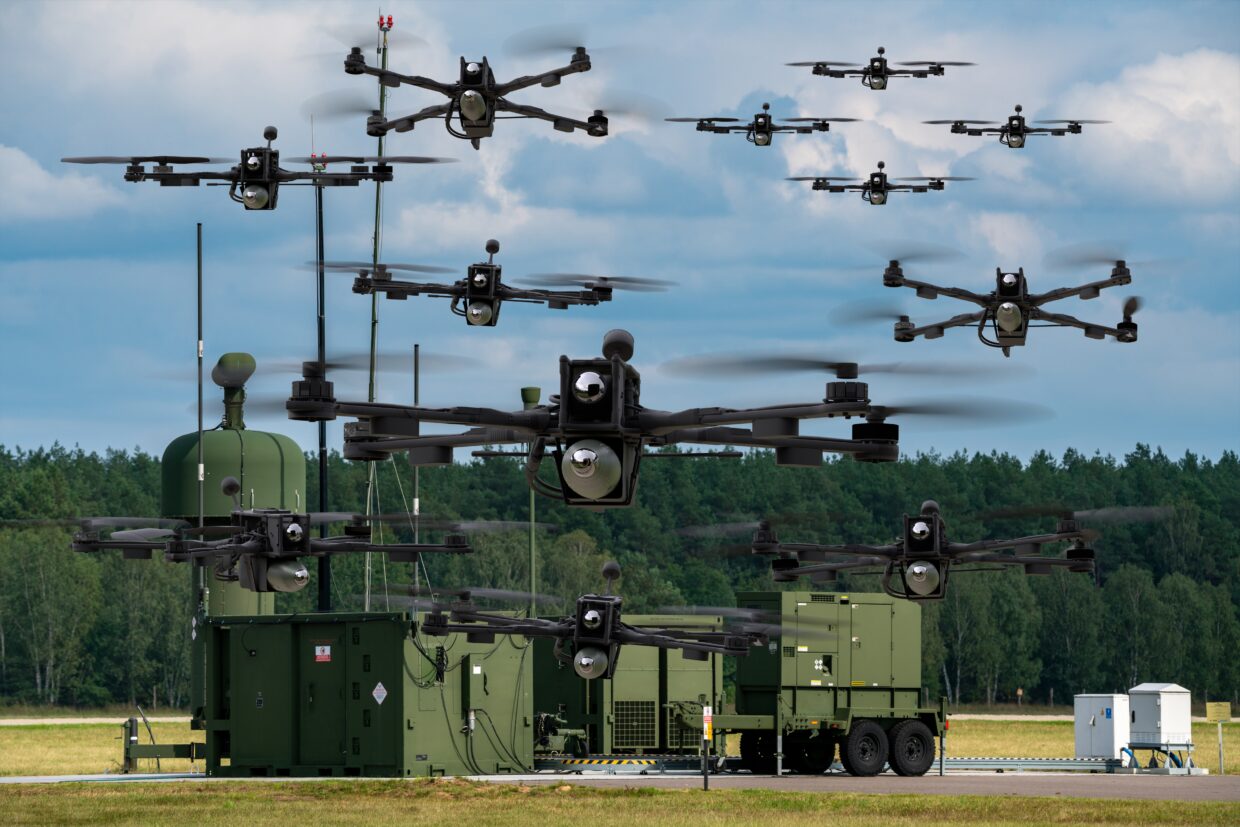
Autonomous systems
Autonomy includes, in a wide sense, the development of continuously smarter computer systems and their interaction with their environment.
Leading the charge in innovation
Despite being a small country of only 10 million people, Sweden is exceptionally adept at partnering for innovations, especially in the realm of defence. Above case studies are only a few areas we pioneer. Therefore, we pride ourselves on punching above our weight in security and defence.
Innovation is rooted in ideas and knowledge. In support of this, Sweden boasts the highest number of PhDs per capita globally in technical and natural science subjects, and is second in terms of professionals working within this field. Furthermore, Sweden consistently performs well in international comparative studies on innovation.
In terms of their turnover, defence enterprises are heavily committed to R&D. They make significant contributions to various facets of technological development, not only within the defence sector but beyond. However, their dominant role in the broader societal technological advancement has diminished compared to a few decades ago. Nowadays, the civil sector introduces and draws significantly more cutting-edge technology and risk capital, leading the way in breakthroughs in areas such as new materials, robotics, and information technology.
SECURING TOMORROW, TODAY
Firstly, it’s pivotal to integrate the expertise of civil technological development with insights into its military applications or for safeguarding crucial civil operations, aiming to draw more enterprises to the defence sector.
Internationally, advancements in sensors, robotics, quantum information, artificial intelligence, space-based systems, neuroscience, and cybersecurity are identified as burgeoning technological sectors. Swedish enterprises lead in the technological evolution and commercialisation within several of these domains. Moreover, the overlap between civil and military applications in many sectors is increasingly narrowing.
Secondly, it’s crucial to recognise that various technologies, whether emerging or sourced from different sectors, have the potential to redefine societal security. Their significance should be accentuated and scrutinised more deeply. The swift evolution of the technological landscape means that access to fresh innovations is both quicker and more cost-effective than just a few years prior. The momentum behind technological advancements is now more pronounced outside the defence sector, underscoring the importance of monitoring fields such as simulation, new energy solutions, nanotechnology, robotics, autonomous systems, novel materials, quantum data, and emerging manufacturing techniques.
CRAFTING THE FUTURE OF DEFENSE AND SECURITY
A comprehensive grasp of technology equips one with the capability to preempt and counteract potential technological threats that could jeopardise societal security. For Sweden, amplifying research in an expanding array of potentially disruptive sectors is essential, particularly in understanding how new technologies might reshape the threats, risks, and vulnerabilities faced by society and its inhabitants.
In conclusion, the technological foundation spanning defence, security, and civil applications is becoming more intertwined. Innovations in one domain often find resonance and applicability in another.

